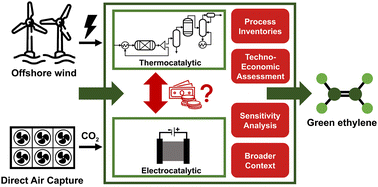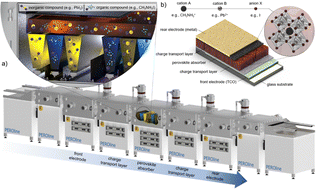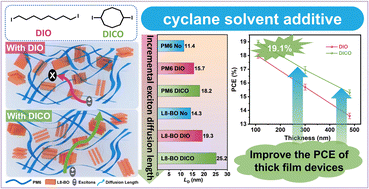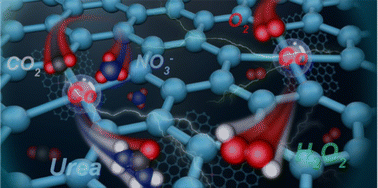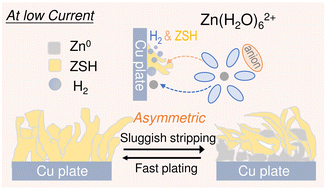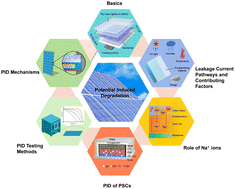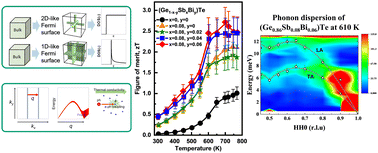Energy Environ. Sci., 2024, 17,1725-1755
DOI: 10.1039/D3EE04410F, Review Article
DOI: 10.1039/D3EE04410F, Review Article
Ya-Fei Guo, Shan Zhao, Nan Zhang, Zong-Lin Liu, Peng-Fei Wang, Jun-Hong Zhang, Ying Xie, Ting-Feng Yi
This article summarizes the regulation strategies of Fe-based MOFs-derived electrocatalysts for ZABs, and provides a prospect for their future development.
The content of this RSS Feed (c) The Royal Society of Chemistry
This article summarizes the regulation strategies of Fe-based MOFs-derived electrocatalysts for ZABs, and provides a prospect for their future development.
The content of this RSS Feed (c) The Royal Society of Chemistry

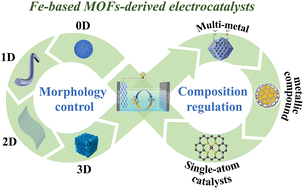
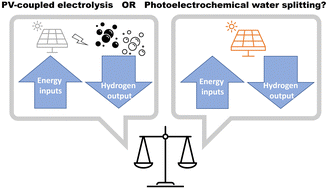
 Open Access
Open Access
